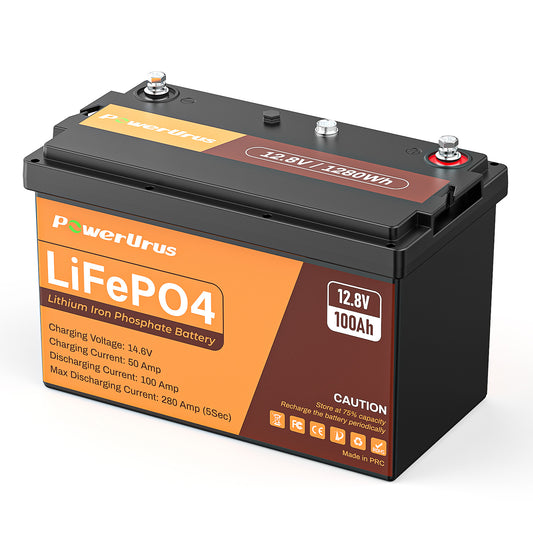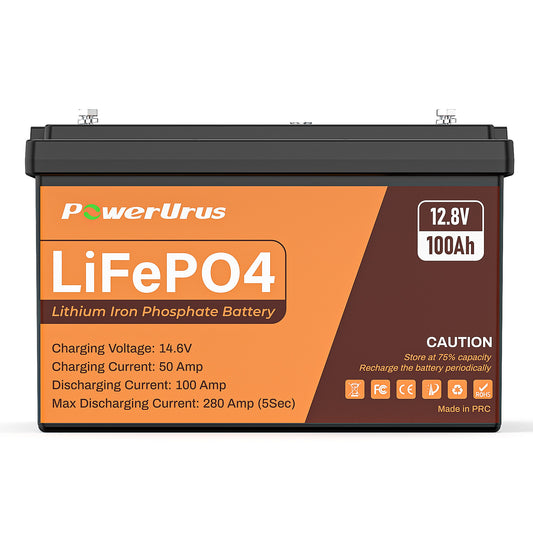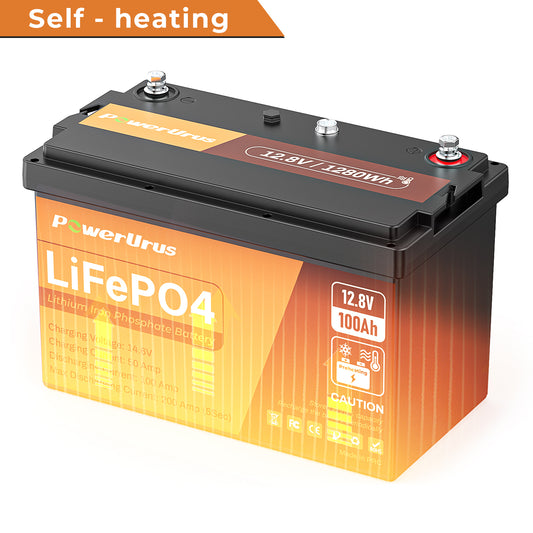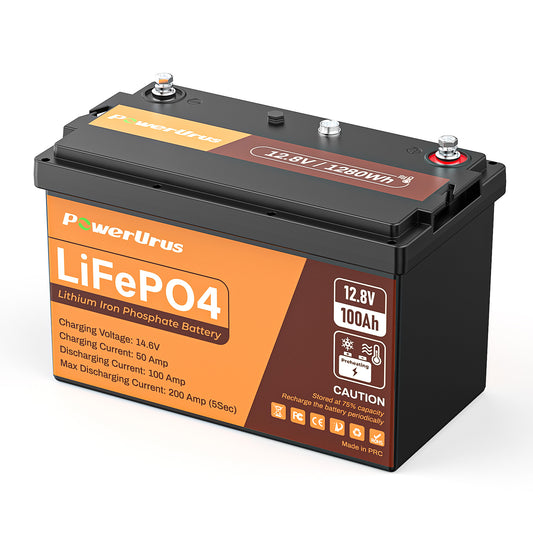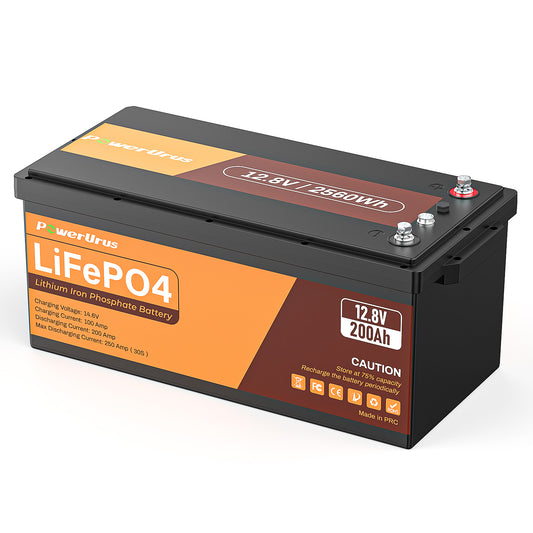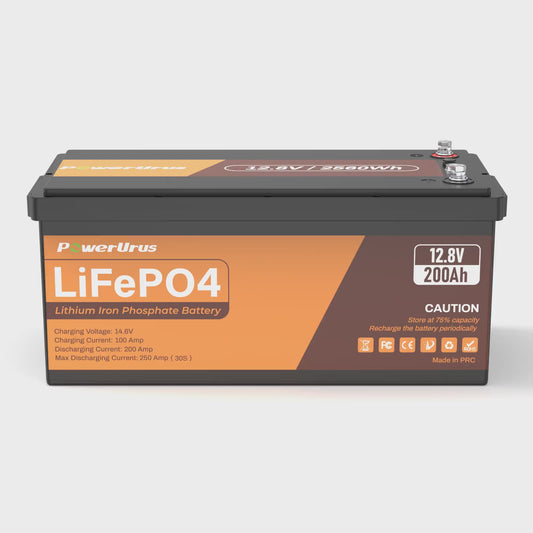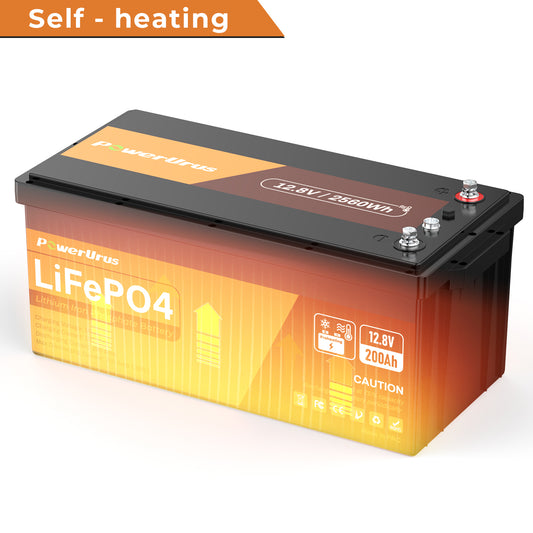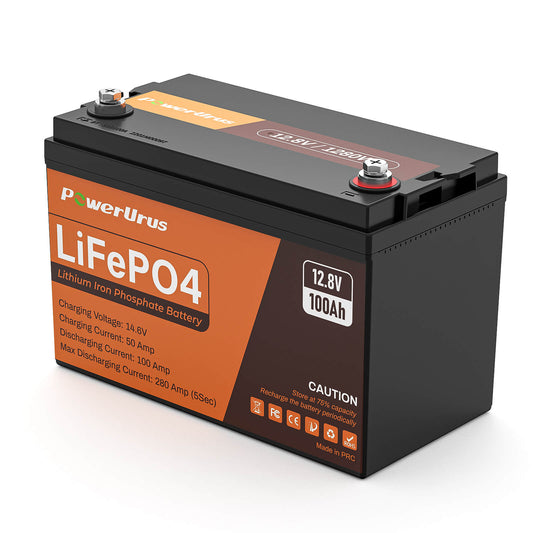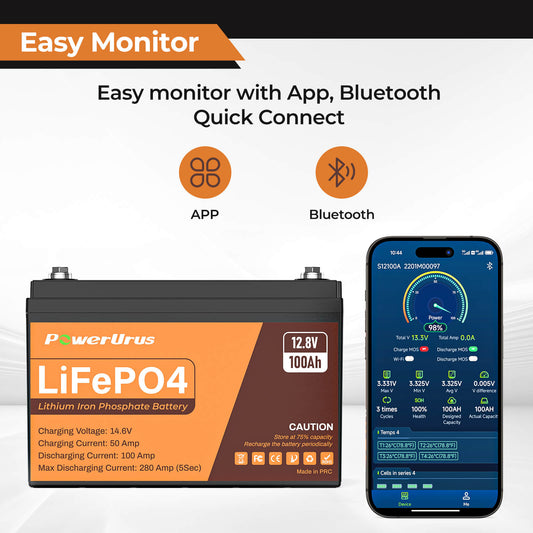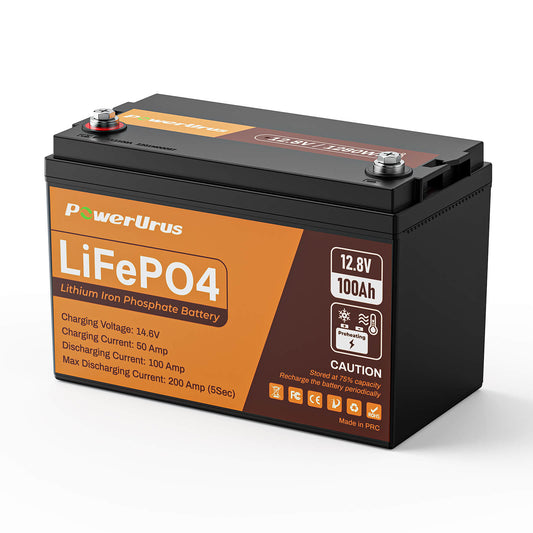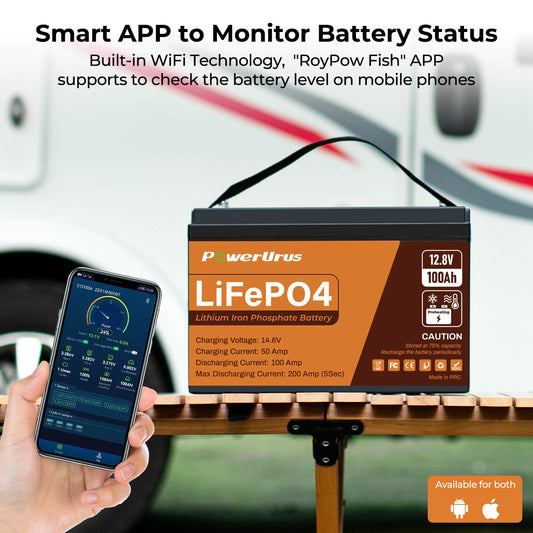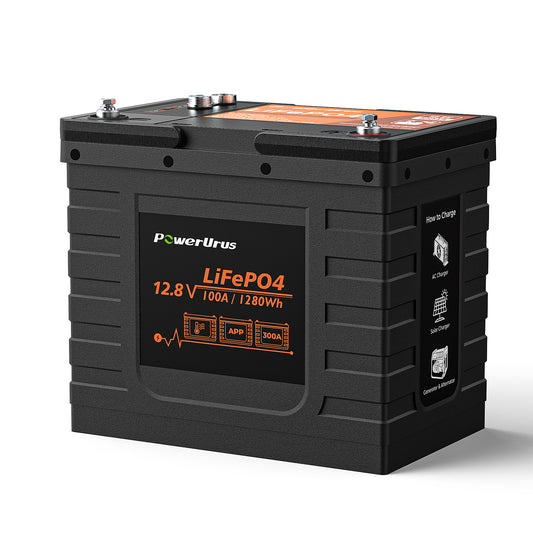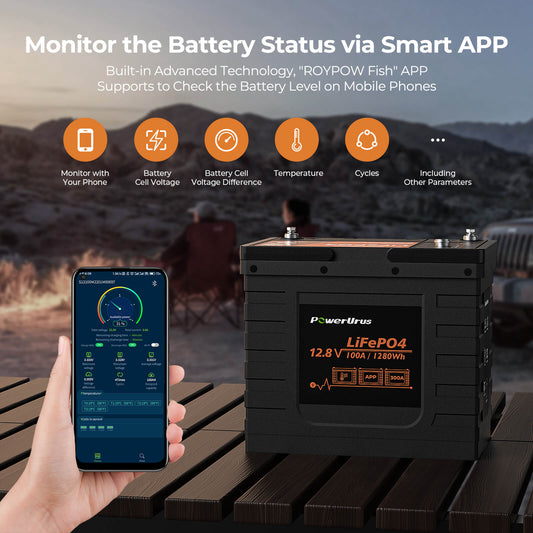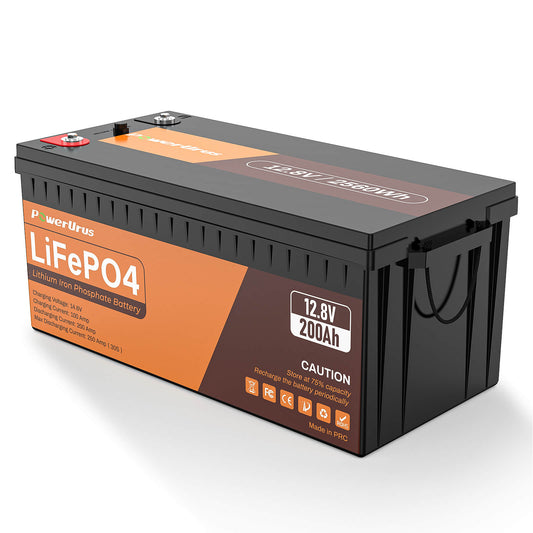How to Set Up an Off-Grid Camping Power System Using LiFePO4 Batteries
For campers seeking energy independence in the wilderness, a well-designed off-grid power system is essential. Lithium iron phosphate (LiFePO4) batteries, with their lightweight design, deep discharge capabilities, and long lifespan, are the ideal backbone for such systems. Here’s a step-by-step guide to building a reliable setup:
1. Start with the Right LiFePO4 Battery
Choose a LiFePO4 battery that matches your energy needs. For example, a 12V 100Ah LiFePO4 battery weighs just 9.5 kg but delivers 614 Wh of usable energy—nearly double the capacity of a similarly sized lead-acid battery. Unlike lead-acid batteries, LiFePO4 allows up to 80% depth of discharge (DoD) without degrading lifespan, ensuring you maximize stored power for devices like fridges, lights, and inverters.
2. Integrate Solar Charging
Pair your battery with a high-efficiency solar panel (100W–300W) and an MPPT charge controller (e.g., Victron models). MPPT controllers optimize solar energy conversion, even in cold weather, by adjusting voltage and current dynamically. For hybrid charging, combine solar with a 12V car alternator to replenish power during cloudy days or high-demand scenarios.
3. Add Smart Power Management
Install a pure sine wave inverter (600W–1800W) to safely power AC appliances like electric kettles or laptops. Pair it with a battery management system (BMS) to monitor voltage, temperature, and charge cycles. A BMS prevents overcharging or deep discharges, extending battery life to 3,000+ cycles. For DC devices (LED lights, USB chargers), connect directly to the battery via 12V ports to minimize energy loss.
4. Design a Modular System
Adopt a plug-and-play "power bank" approach to avoid rewiring your vehicle. For example, build a portable unit housing the battery, inverter, and charge controller, then connect it to your RV’s electrical system using 16A commando plugs. This allows seamless switching between grid and off-grid power while preserving your original setup.
5. Optimize Efficiency
Replace incandescent bulbs with low-wattage LED lights (10% of traditional energy use).
Prioritize DC appliances to reduce inverter reliance.
Use Bluetooth sensors (e.g., Smart Battery Sense) to remotely monitor battery health and solar input.
Why LiFePO4 Wins Over Lead-Acid
LiFePO4 batteries operate efficiently in -20°C to 60°C temperatures, retain capacity in high-load scenarios (thanks to a Peukert coefficient of ~1.05 vs. 1.3 for lead-acid), and last 10+ years. They’re also eco-friendly, containing no toxic lead and requiring fewer replacements over time.
Ready to Build Your System?
Explore our LiFePO4 battery kits, designed for hassle-free off-grid adventures. From compact 60Ah units to high-capacity 200Ah systems, we provide the tools to keep your campsite powered—without compromising mobility or sustainability.

